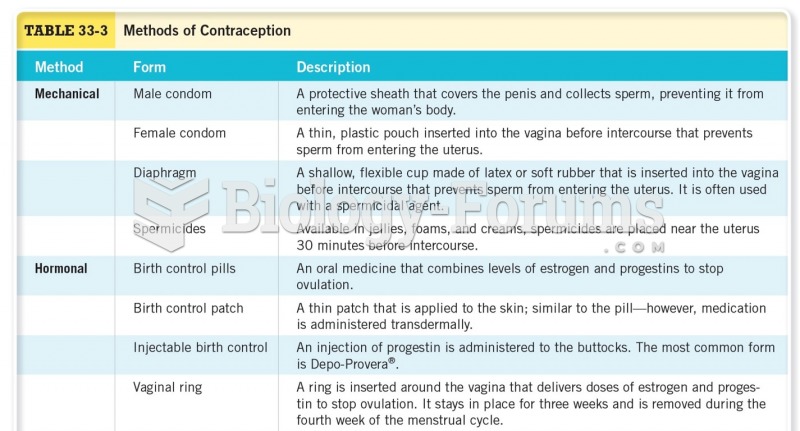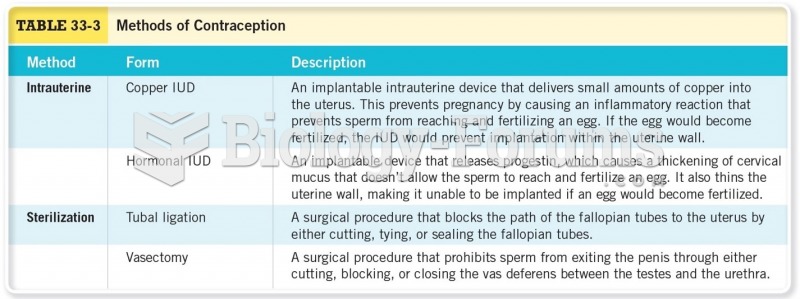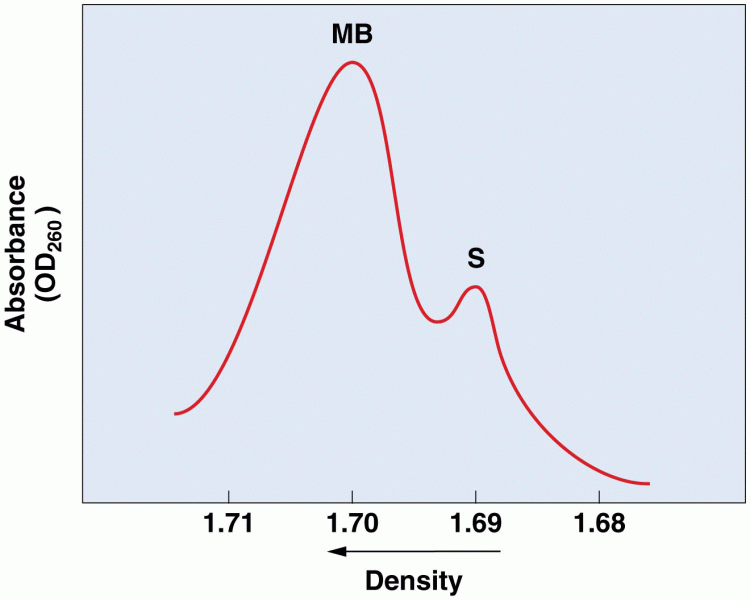Answer to Question 1
Answer: Cloud seeding involves injecting one of two materials into nonprecipitating clouds. The objective is to convert some of the supercooled droplets in a cool cloud to ice and cause precipitation by the Bergeron process.
One of the materials, dry ice (frozen carbon dioxide), promotes freezing because of its very low temperature (below 78 C or 108 F). Very small shavings of dry ice can be ejected from a plane flying through the cloud. When introduced into a cloud, dry ice lowers the temperature of the droplets so that freezing can occur by homogeneous nucleation. (Recall that at temperatures below about -40 C water droplets require no ice nuclei to freeze.) The second agent for cloud seeding, silver iodide, initiates the Bergeron process by acting as an ice nucleus at temperatures as high as -5 C (23 F). Silver iodide owes its effectiveness as an ice nucleus to its six-sided structure. Like dry ice, silver iodide can be introduced directly into a cloud from aircraft. The cost effectiveness of cloud seeding is widely debated. Under ideal circumstances, it can supplement water supplies somewhat. Strong theoretical reasons provide grounds to doubt the usefulness of cloud seeding.
Answer to Question 2
Answer: Weather radars estimate the intensity of precipitation by emitting microwave radiation with wavelengths of several centimeters. Precipitating droplets, ice crystals, and hailstones scatter some of the emitted radiation back to the radar unit, which records the intensity of the backscattered radiation. Meteorologists have developed schemes that relate the intensity of backscattered radiation to the rate of precipitation. The closer the precipitation is to the radar, the quicker the pulse will return to the unit. By measuring the strength of the return radiation and the time taken for it to return to the unit, a profile can be created that shows how much precipitation is occurring and how far from the radar it is.







